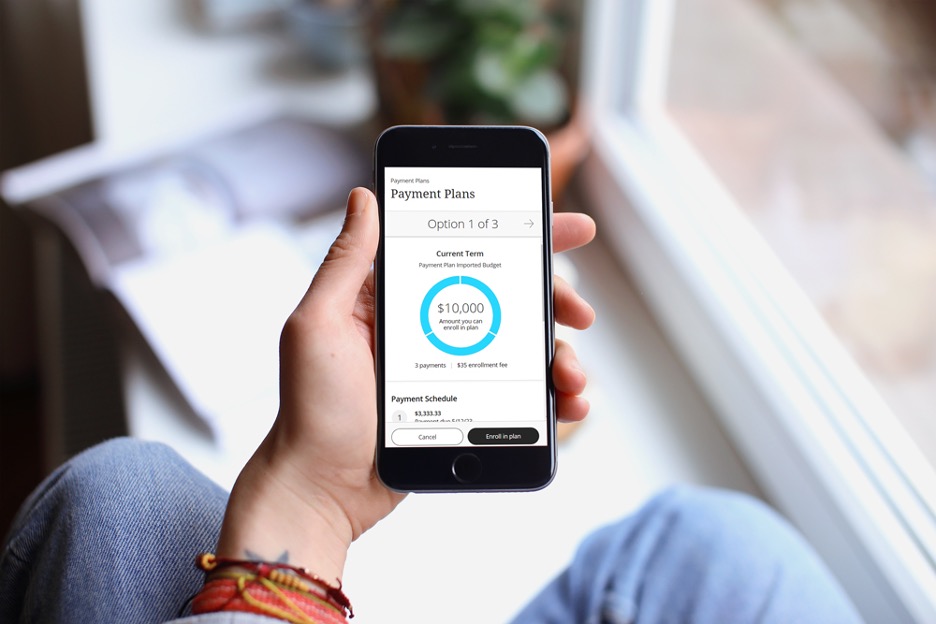Maximizing Affordability: Top Tips to Help Boost Payment Plan Usage on Your Campus
April 20, 2023
Higher education payment plans are designed to help students manage costs by spreading them out over time, usually over the course of a semester or academic year. These plans vary in their structure and terms, but generally allow students to break down their tuition and other expenses into manageable payments.
The average financial aid award per full-time equivalent (FTE) student in 2021-22 was:
- $15,330 per undergraduate student
- $27,300 per graduate student[1]
Ease Tuition Financial Burdens with Transact Payment Plans
Transact tuition payment plans can ease the financial burden by allowing students and families to make smaller, more manageable payments over time, and the flexibility to choose the most affordable plan and monthly payment for their budget. Making paying tuition more manageable can also increase student retention. One Transact client has seen retention increase up to 6% for students enrolled in payment plans vs. students who aren’t. Tuition payment plans also offer students an alternative to traditional student loans, which can often carry high interest rates.

Here are some best practices our payment plan clients have put in place to increase awareness and adoption of tuition payment plans on campus:
Identify the right channels of communication. List all the various touchpoints your office has with the student and think about where it makes sense to provide information. For example, more schools are introducing payment plans at orientation—a time when both students and parents can receive the information, discuss the options and possibly make a decision.
Offer flexibility within your plans. Schools with the highest adoption rates are those that offer increased flexibility within each plan, as well as those that offer multiple plans throughout the school year. Assess what you’re currently doing and determine if there is room to add more flexibility.
Take advantage of free educational materials. There’s no need to reinvent the wheel. Your service provider designs materials and should provide you with a strategy to help drive awareness of plans across your campus.
Go mobile! Meet your students where they are—on their mobile devices. Test new technologies and channels to notify them of your offerings.
To learn more about how payment plans can help your students, check out our infographic or contact us today.
[1] Trends in Higher Education Series – Trends in Student Aid 2022 – October 2022
https://research.collegeboard.org/trends/student-aid/highlights